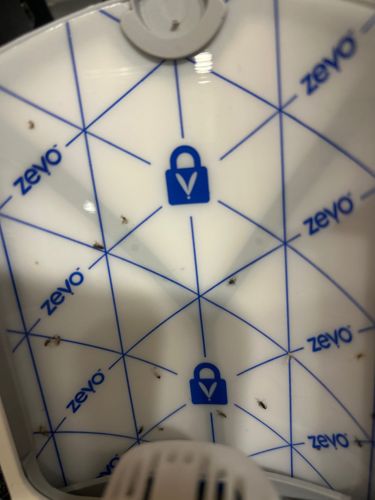Fruit Flies
Scientific Name: Drosophila spp.
Order & Family: Diptera, Drosophilidae
Size: Typically 2-4 mm (0.08-0.16 inches) in length.

Natural Habitat
Often found in kitchens, restaurants, and other areas where ripening fruits or vegetables, and fermenting liquids (e.g., vinegar, alcohol) are present. They are attracted to moist, decaying organic matter.
Diet & Feeding
They feed on yeasts found on overripe or decaying fruits and vegetables, as well as fermenting liquids like vinegar, wine, and beer. They are not known to bite humans or animals.
Behavior Patterns
Fruit flies are highly attracted to fermented products and sugary substances. They lay eggs on the surface of ripe or decaying fruit, and larvae develop within the fruit. Their life cycle from egg to adult can be as short as 8-10 days, allowing for rapid population growth. They are generally most active during the day.
Risks & Benefits
Potential risks include being a nuisance, a sign of unsanitary conditions, and potential contamination of food with microorganisms carried from their breeding sites. They do not sting or bite and are not known to transmit human diseases. In scientific research, certain species (Drosophila melanogaster) are highly beneficial as model organisms for genetic and biological studies due to their short life cycle and ease of breeding.
Identified on: 11/3/2025